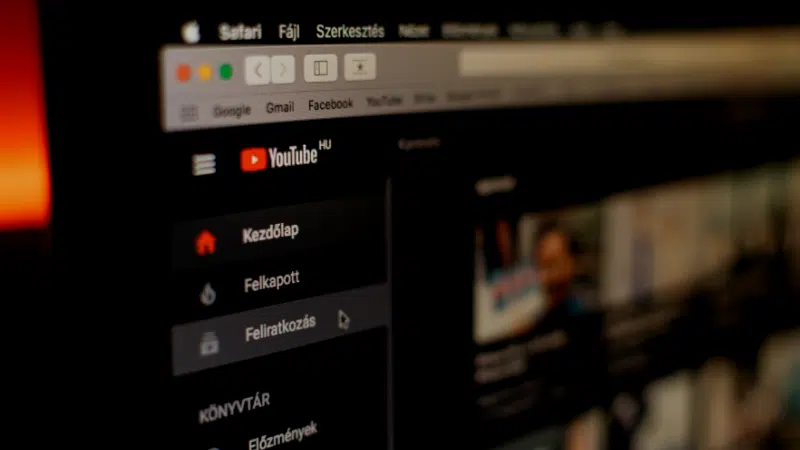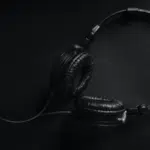Many musicians benefit from YouTube royalties. However, they can be difficult to navigate on your own. Do you know where your royalties are coming from? We’re here to break it down, so you know exactly what works and what doesn’t. Here are 5 things you should know about earning royalties on YouTube…
5 Things You Should Know About YouTube Royalties
Any videos that use your songs can earn you royalties.
Whether you uploaded the video yourself or not, your publisher can claim any video on any channel that has your music in it. This applies even if it’s a live performance, cover, or official recording.
Once your publisher claims it, they can monetize it (if it’s eligible), and you can start collecting royalties from it.
There are two ways your songs earn royalties.
Masters vs Composition:
- From the master recordings ( aka the actual audio file)
- From the composition ( aka the underlying music and lyrics)
Most labels and distributors only collect royalties from the master recordings they control. However, as a songwriter, you can get royalties from the composition as well. To do this, you’ll need someone to monetize your composition and collect those royalties on your behalf.
As a Symphonic client, you have access to our YouTube Composition service. With it, we can collect both your mechanical and performance royalties from YouTube for you. This service lets us register the composition directly with Youtube, collect the money you’re owed, and deposit it via your Symphonic account via the monthly royalty reporting and payment process. // To apply for YouTube Composition with Symphonic, click here.
You need ads on your videos to generate royalties.
Royalties from YouTube come from a portion of ad revenue. Ads can only be served on videos if a copyright owner (aka a label, publisher, etc.) places a claim on a video and tells YouTube to monetize it.
One thing to note, however, is that any videos that are viewed through the platform’s paid services, like YouTube Premium and YouTube Music Premium, DO get royalties.
——
Want to learn more? 👀
What You Need To Know About TV & Radio Royalties
How To Get More Views on YouTube
How To Set Up An Official Artist Channel on YouTube
——
There is no set royalty rate for everyone.
Figuring out exactly how much a video is going to earn from royalties in advance is particularly difficult. It depends on a lot of factors. The type of ad on the video, territory in where the view took place, time of year, whether it was viewed on a paid platform or not, and more all play a role.
- Generally, the more popular the video is the higher the ad rate paid by the advertiser.
Not just any video on YouTube can be monetized.
Previously, the only requirement for video monetization was to have 10,000 public views on it. Back in 2018, those rules were tightened. Now, in order for a YouTube video to be eligible for monetization, it must have BOTH of these:
- at least 1,000 subscribers
- 4,000 hours of watchtime over the past 12 months
However, if you have Symphonic as your partner for Content ID, your distributed audio can be monetized immediately with no subscriber or watchtime thresholds needed. This not only applies for uses of your audio on your channel, but also for all uses across YouTube that you’d like to be monetized via Content ID.
In Conclusion…
With all of the buzz around other platforms like Spotify and SoundCloud, YouTube is often overlooked as just a video streaming service. However, YouTube is one of the biggest music streaming services in the world. — Are you making the most of it?
The crazy large share of music streams that come from YouTube alone makes it absolutely essential for every artist/musician to have a strong presence on the platform and do so correctly. Luckily, we’ve got your back. Click here to download “The Complete Guide to YouTube for the Music Industry” for FREE.



